Blog Details
Unique Complications You Might Not Know
December 8, 2023
A brief look at some of the most obscure complications in watchmaking
Horology is the result of generations of work by watchmakers and clockmakers. In this time, horologists have made countless innovations. Naturally, some complications have become staples of luxury brands; nearly all top Swiss brands offer chronograph, perpetual calendar, and tourbillon watches. Other complications remain obscure due to their limited practicality or difficulty to produce. These lesser-known innovations can be more exciting than the classic complications of high horology, if only for their novelty and rareness. The following complications stand out from the crowd and may be more attainable than you might expect.
Alarm
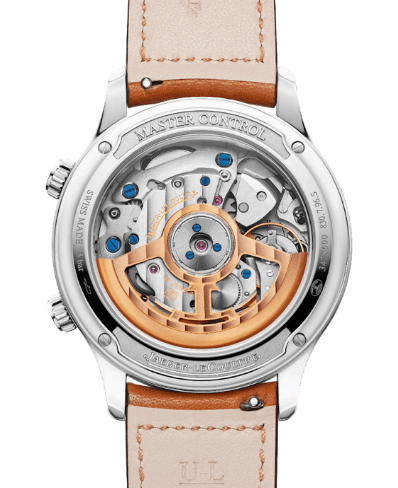 The Jaeger-LeCoultre Caliber 956 viewable through the caseback of the Master Control Memovox
The Jaeger-LeCoultre Caliber 956 viewable through the caseback of the Master Control Memovox
An alarm complication does exactly what you think; it allows the wearer to set an alarm to go off at a desired time. Accomplishing this function requires some clever watchmaking. Typically, an alarm movement will use a notched cam connected to the alarm hand to trigger a lever at the desired time. The lever releases energy from a wound spring to activate a hammer which strikes a membrane.
One of the most famous examples of the alarm complication is the Jaeger-LeCoultre Memovox, a watch first introduced in 1950. The brand offers the "Memovox" feature in the Polaris Memovox and Master Control Memovox. Both models have two crowns, one for typical time setting and winding and the other for setting and winding the alarm. Arguably, the true. paradigm of the alarm complication is the Vulcain Cricket, the first wristwatch to feature the function. Launched in the 1940s, the watch served as a companion to several United States Presidents. Almost every President has been given a Cricket due to a tradition dating back to when President Harry S. Truman received the watch as a gift upon leaving office in 1953. The model is still in production today.
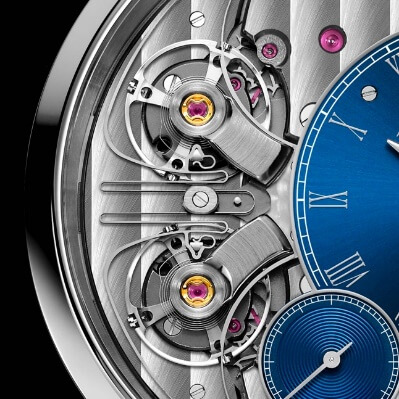 Resonance
Resonance
The extraordinary dial of the Armin Strom Pure Resonance showcasing the movement's dual balance wheels connected by a resonance clutch spring.
According to The Watch Pages, resonance is the tendency of moving bodies in close proximity and of similar natural resonant frequency to synchronize. The phenomenon is akin to a singer matching the frequency of a tuning fork. In practice, a resonance watch will have two independent mainsprings, gear trains, and closely situated balance wheels which beat in unison. This configuration increases accuracy by stabilizing the rate and minimizing external influence on timekeeping. For example if one balance wheel is perturbed, the other will correct.it.
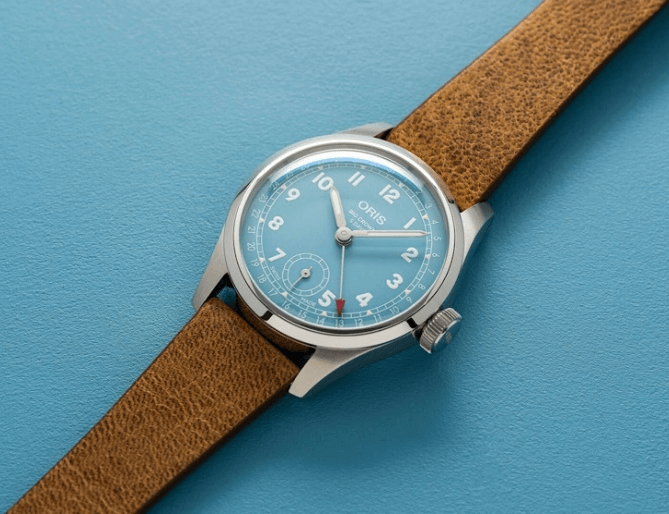
Perhaps the most famous modern example of this complication is the F.P. Journe Chronomètre à Résonance. Released in 2000, the timepiece draws inspiration from eighteenth-century watchmakers like Abraham-Louis Breguet. Due to its limited availability, the model fetches over $250,000 on the secondary market. Armin Strom, a lesser-known independent Swiss watchmaker, offers resonance at far more attainable prices in its Mirrored Force and Pure Resonance watches.
Pointer Date
The 2023 Oris Big Crown Pointer Date featuring Oris's new in-house Caliber 473
Most date displays in modern watches indicate the day of the month with a rotating disk beneath the dial. A pointer date mechanism offers a more elegant way of displaying the date. As the name suggests, on a pointer date watch, a hand points to date markers on the dial. The complication is usually included in classic triple calendars and perpetual calendars; it is somewhat rare to find on its own.
The Oris Big Crown Pointer Date exemplifies the complication well. The model family began in the 1930s. The brand continues to use the vintage design language of the original in the current collection. Highlights include upright Arabic numerals and, of course, the prominent arrow-shaped date hand. The majority of the watches in the collection are powered by the Oris Caliber 754, a movement based on the Sellita SW 200-1. These models are priced at around $2,000. Oris also produces more expensive timepieces using the in-house Calibers 403 and 473.
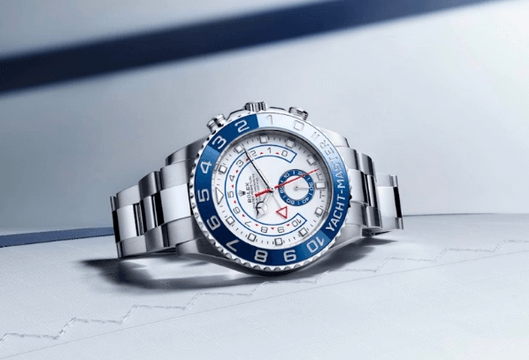 Regatta Chronograph
Regatta Chronograph
The Rolex Yacht Master II
Regatta chronographs, or yacht timers, have a very specific application in boat racing.
Unlike a traditional chronograph which counts up to time events, a regatta chronograph counts down to the start of the race. Most of the time, this countdown is five or ten minutes. Some yacht timers may also feature a conventional chronograph function to time the ensuing race.
A well known modern example of the complication is the Rolex Yacht-Master II. Unlike most regatta chronographs which countdown either five or ten minutes, the Rolex Yacht Master II can be programmed for countdown times between one and ten minutes. The wearer can also reset the countdown to the nearest minute with a push of the reset button. Other yacht timers include Frederique Constant's Yacht Timer Regatta Countdown, the Panerai Luminor 1950 Regatta 3 Days Chrono Automatic Flyback, and the Omega Planet Ocean Regatta.
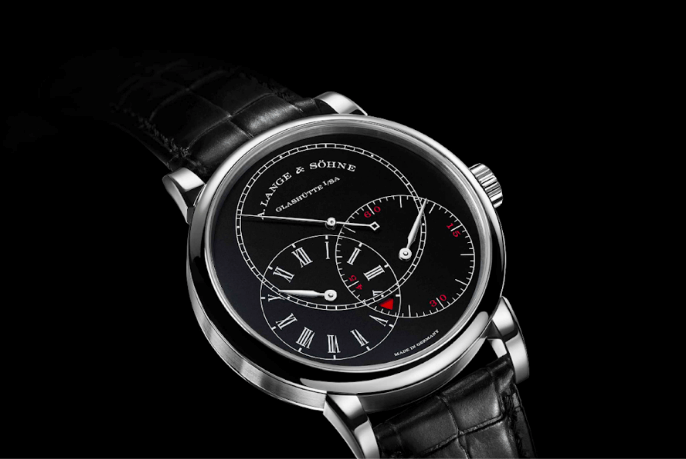
Deadbeat Seconds
The A. Lange & Söhne Richard Lange Jumping Seconds uses a constant-force mechanism to achieve the deadbeat seconds complication Deadbeat seconds, or jumping seconds, is a complication in which the seconds hand of a mechanical watch moves once per second. The complication is often described as ironic because an inexpensive quartz watch achieves the exact same movement. The seconds hands of most mechanical watches tick several times a second according to the frequency at which their balance wheels oscillate. Converting the oscillations of the balance wheel into a single tick every second to create a "deadbeat" second takes quite a bit of extra work.
According to SJX Watches, the function can be achieved through several methods. In a star-and-flirt mechanism, a star-shaped wheel connected to the escape wheel rotates after a certain number of oscillations of the balance wheel to release a lever called the flirt. Powered by its own hairspring, the flirt moves the second hand until it contacts the next tooth of the star, creating a deadbeat second. Another method involves a secondary escapement connected to the fourth wheel that can lock and unlock a spring-loaded ratchet. The ratchet advances the second hand once every second. A third way uses a constant-force mechanism that regulates the release of force from the mainspring to drive the second hand forward in one-second intervals.
Due to the complexity of the watchmaking behind the complication, deadbeat seconds are almost exclusively found in higher-end watches. For instance, an Akrivia Rexhep Rexhepi Chronometre Contemporain featuring jumping seconds recently fetched over $900,000 at auction. Other examples of the function include the A. Lange & Söhne Richard Lange Jumping Seconds and De Bethune DB25 Starry Varius Aérolite. The most affordable deadbeat seconds watch is the Habring^2 Erwin, which costs around $6,000 at retail and $9,000 pre-owned.
Write a Comment
Recent Posts
5 Brand Revivals to Watch
September 26, 2024
Will Audemars Piguet Continue to Grow under New Leadership?
September 6, 2024
The 5 Best High-End German Watch Brands
July 30, 2024
A Guide to Seikos New Releases
July 1, 2024
The Battle to Make the Thinnest Watch
June 27, 2024
The Limited-Edition Zenith Defy Zero G Sapphire
June 27, 2024
Watch Industry Trends in 2024
June 3, 2024
The Best Attainable High Complications
June 3, 2024
The Best Sector Dial Watches at Every Price
May 24, 2024
How To Choose a Watch
May 24, 2024
A Guide to TAG Heuers Latest Glassbox Chronographs
May 24, 2024
A Guide to Rolexs Releases from Watches and Wonders 2024
April 16, 2024
The Best Releases of 2024 So Far
April 9, 2024
Blancpain Finally Releases the Fifty Fathoms in 42mm
April 9, 2024
The Omega X Swatch Snoopy MoonSwatch
April 3, 2024
H. Moser & Cie Pioneer Tourbillon Midnight Blue
March 28, 2024
The Best Luxury Alternatives to the Royal Oak and Nautilus
March 22, 2024
The Best Affordable Integrated-Bracelet Sports Watches
March 20, 2024
A Brief Introduction to Microbrands
March 20, 2024
Omega Launches a White-Dial Speedmaster
March 20, 2024
How Do Affordable Watches Generate Hype?
March 15, 2024
The New Piaget Polo 79
March 15, 2024
Unique Complications You Might Not Know
December 8, 2023
The F.P. Journe Octa Divine
December 8, 2023
A Guide to Leather Watch Straps
September 22, 2023
The Biggest Tudor News in 2023
September 22, 2023
Should I Buy Used Watches Online or In-Person? Pros and Cons
September 21, 2023
An Overview of Rolex's New Releases
April 18, 2023
The Best Luxury Field Watches on the Market
March 24, 2023
The Unexpected Redemption of the Code 11.59
March 14, 2023
Submariner vs. Sea-Dweller: Which Should I Buy?
March 14, 2023
The Best of High-End Quartz
February 21, 2023
Watches from Movies and TV You Might Have Missed
February 10, 2023
The Richard Mille RM 030 Japan Limited Edition
December 30, 2022
THE GREUBEL FORSEY BALANCIER S CARBON
December 7, 2022
Rolex Explorer Watches
October 8, 2015
Rolex Daytona Cosmograph
October 7, 2015
Rolex Air King Watches
September 8, 2015
Insane Watches Worn By the Rich And Famous
July 10, 2015
8 Best Luxury Watches For Travel
July 10, 2015
MONTRES BREGUET: REINVENTING THE SOUL OF HOROLOGY
May 12, 2015





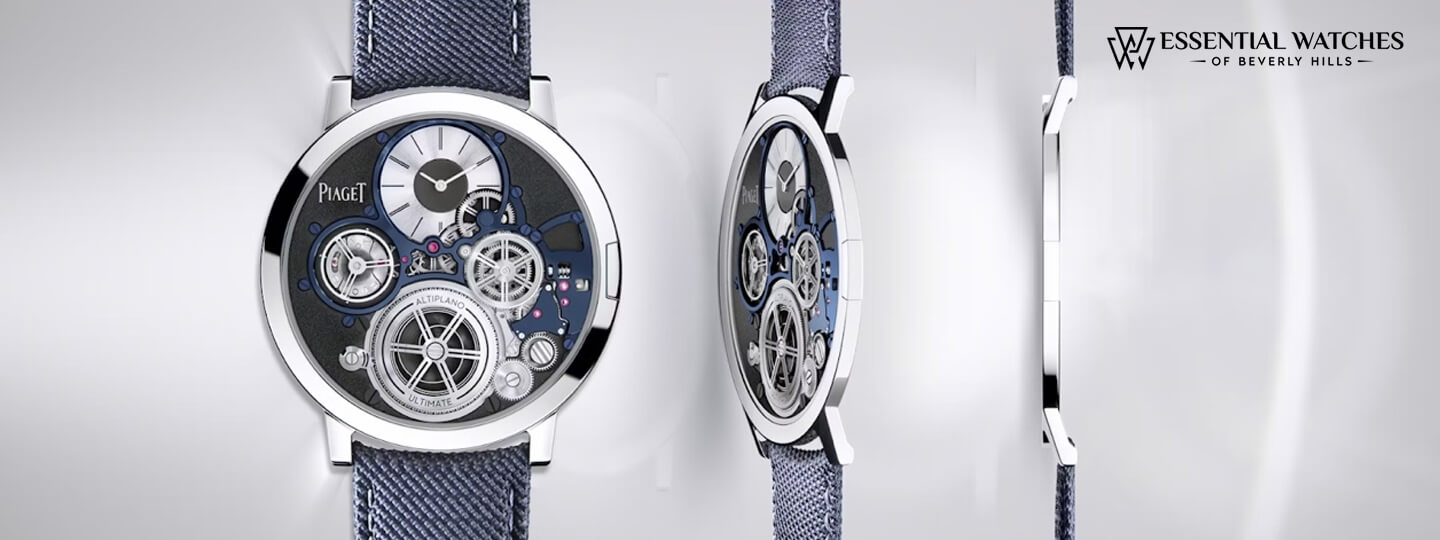
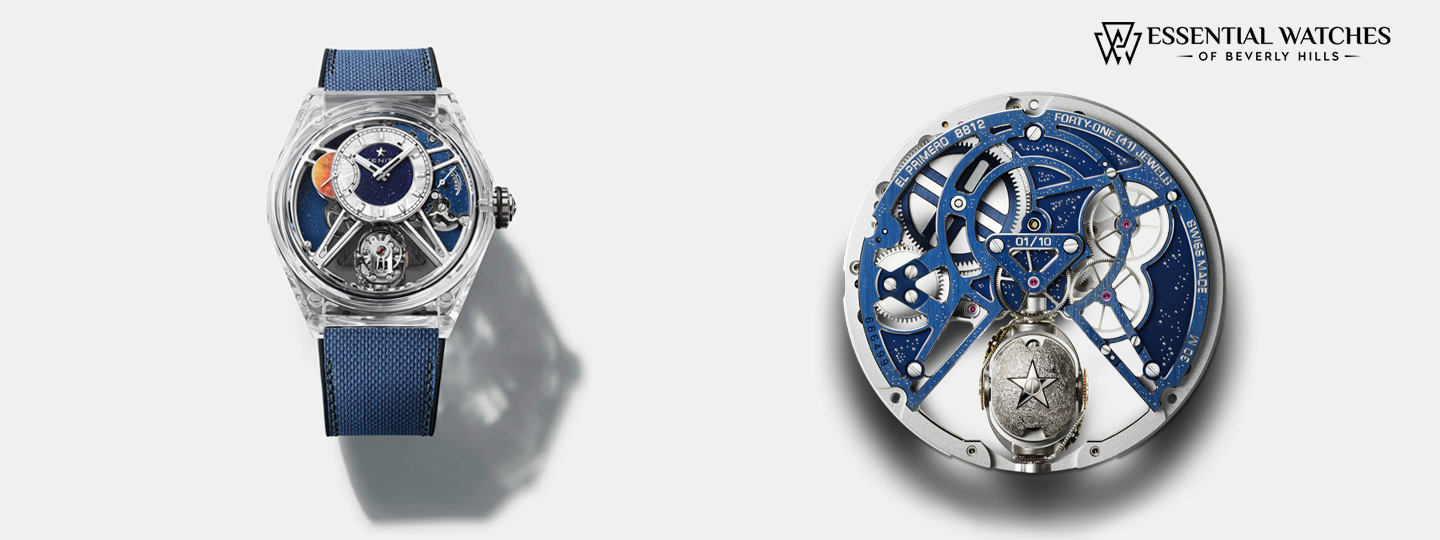

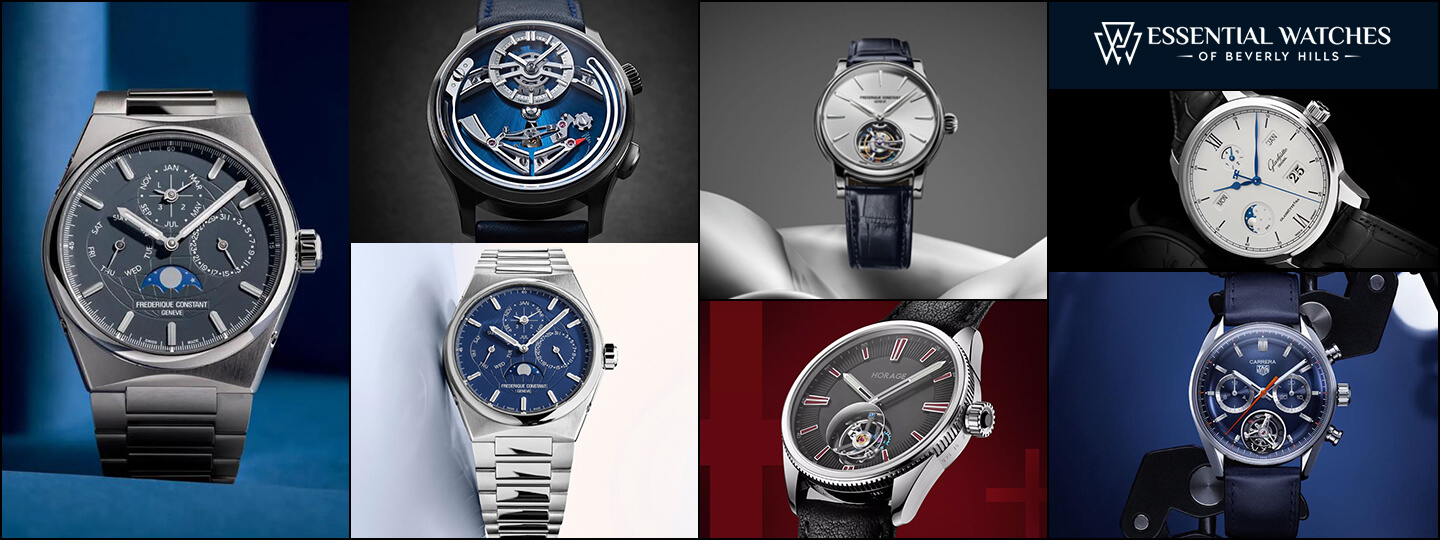
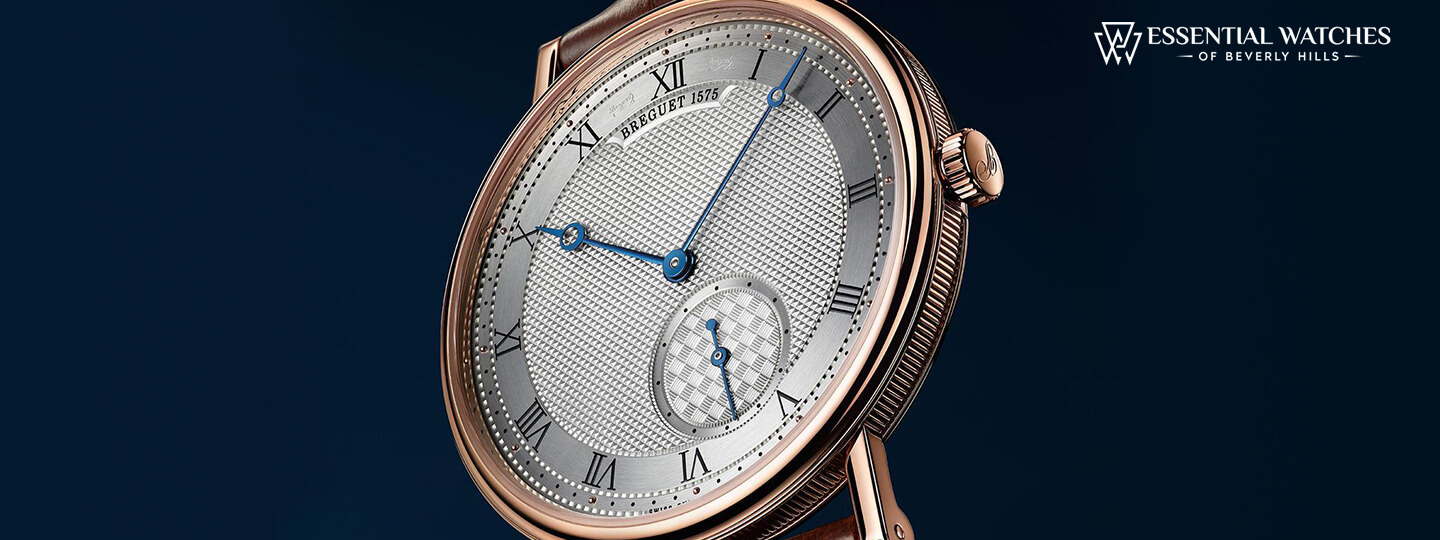



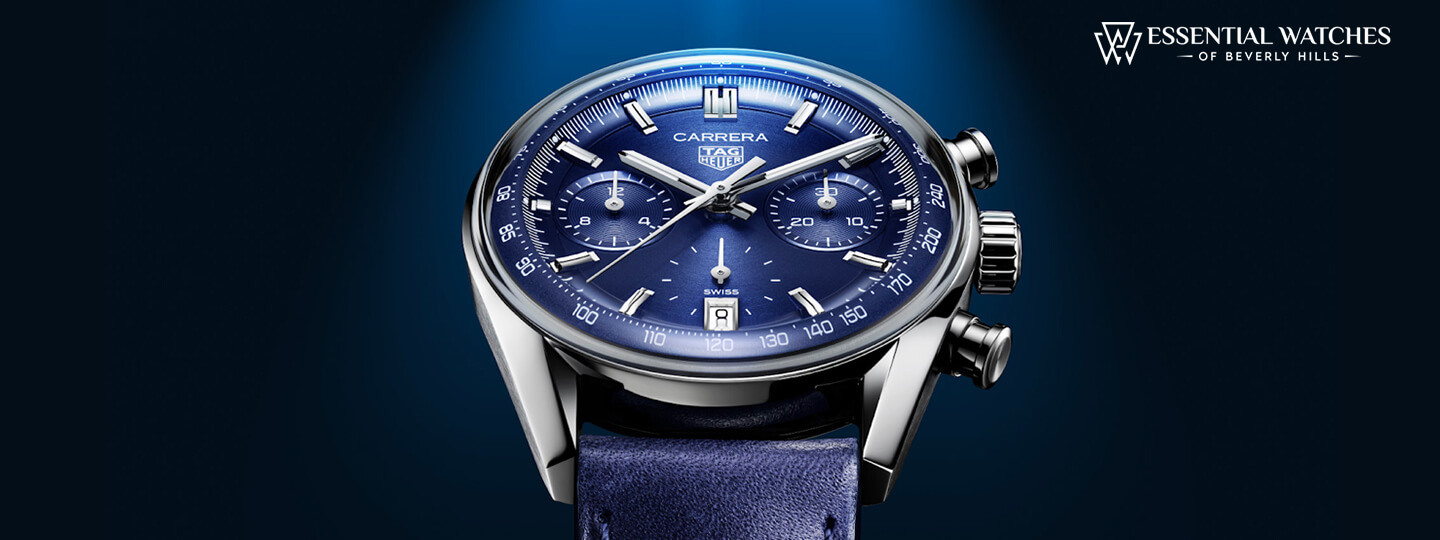





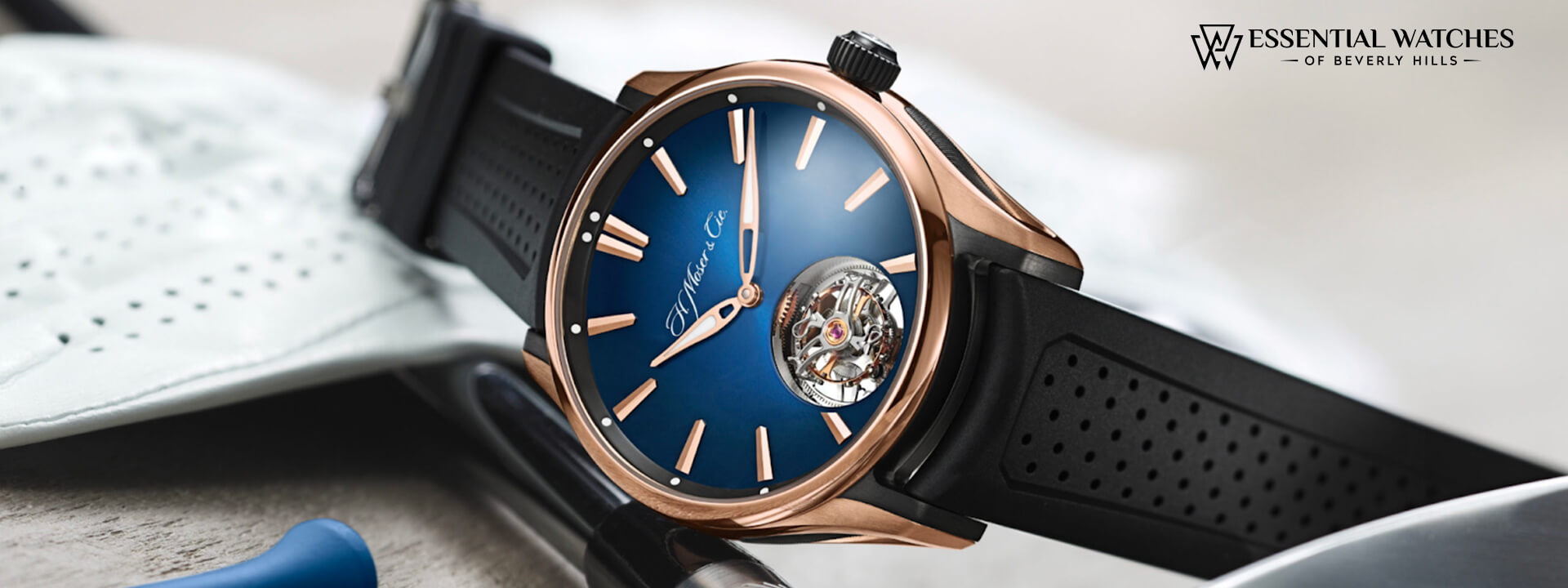


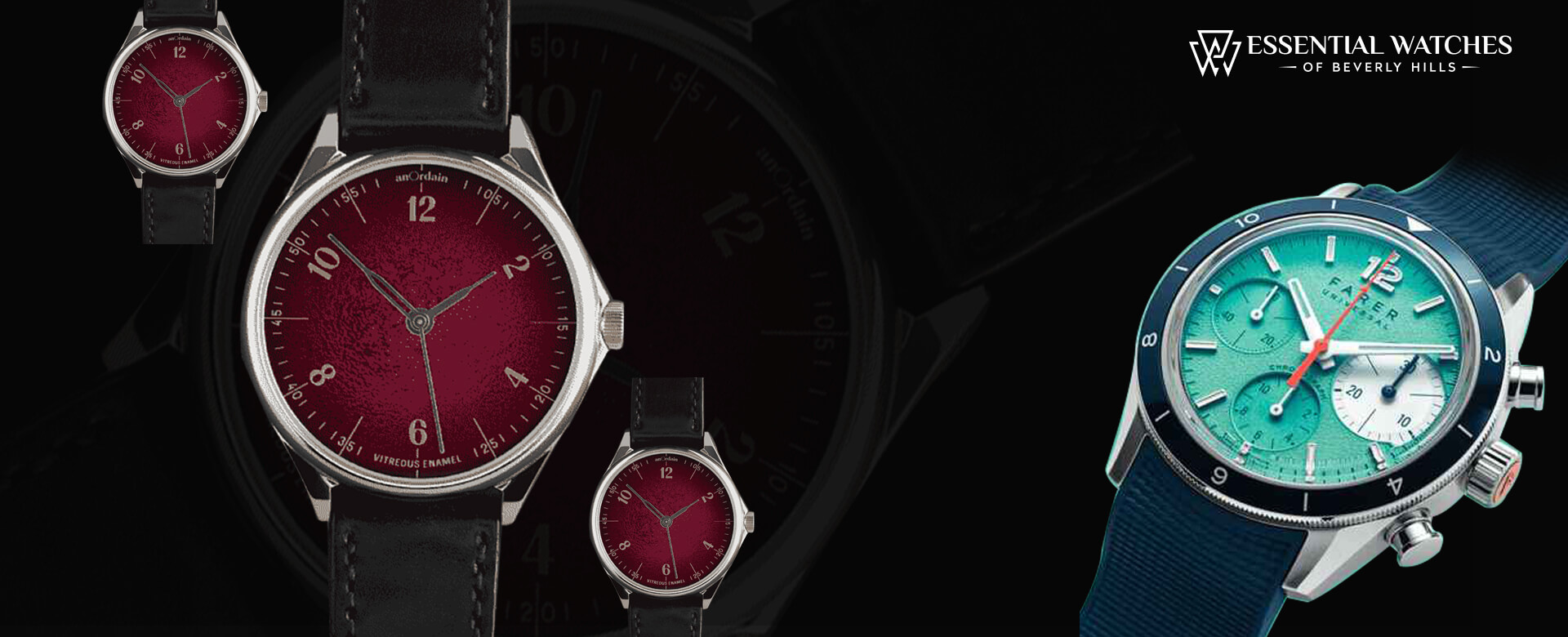



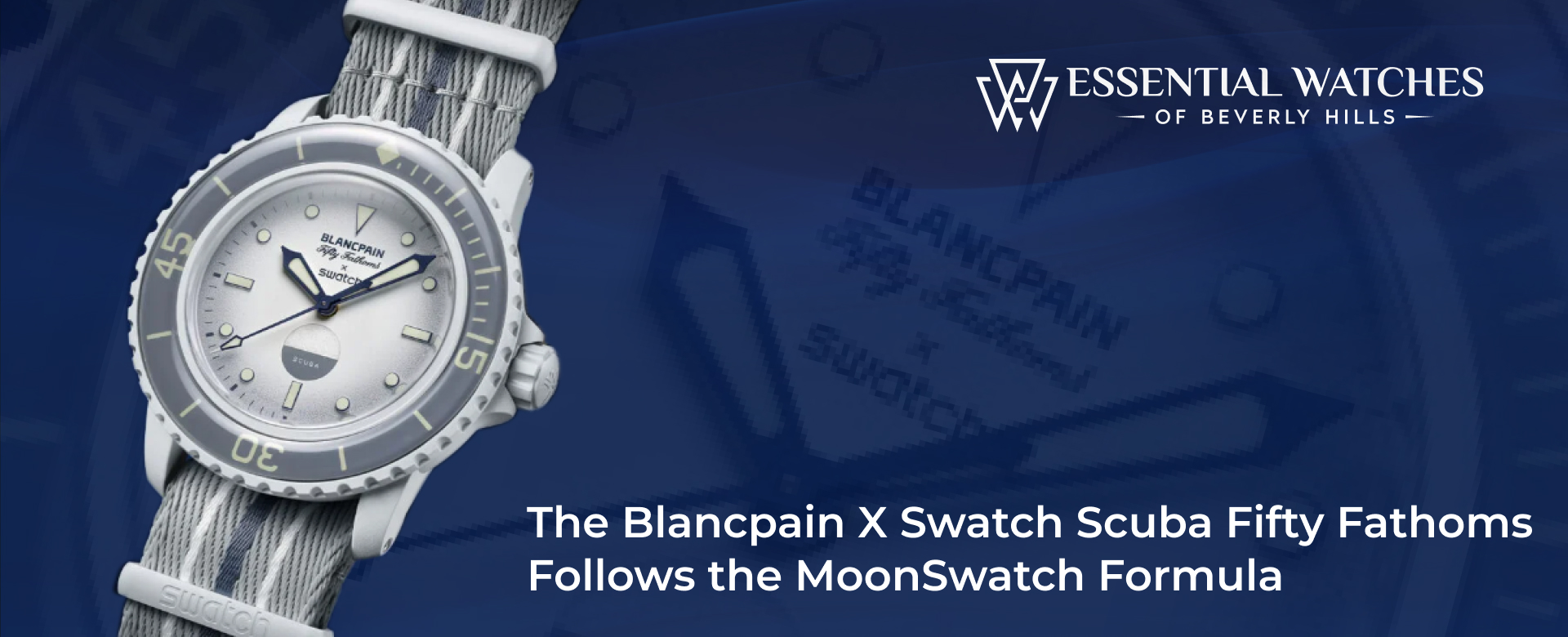

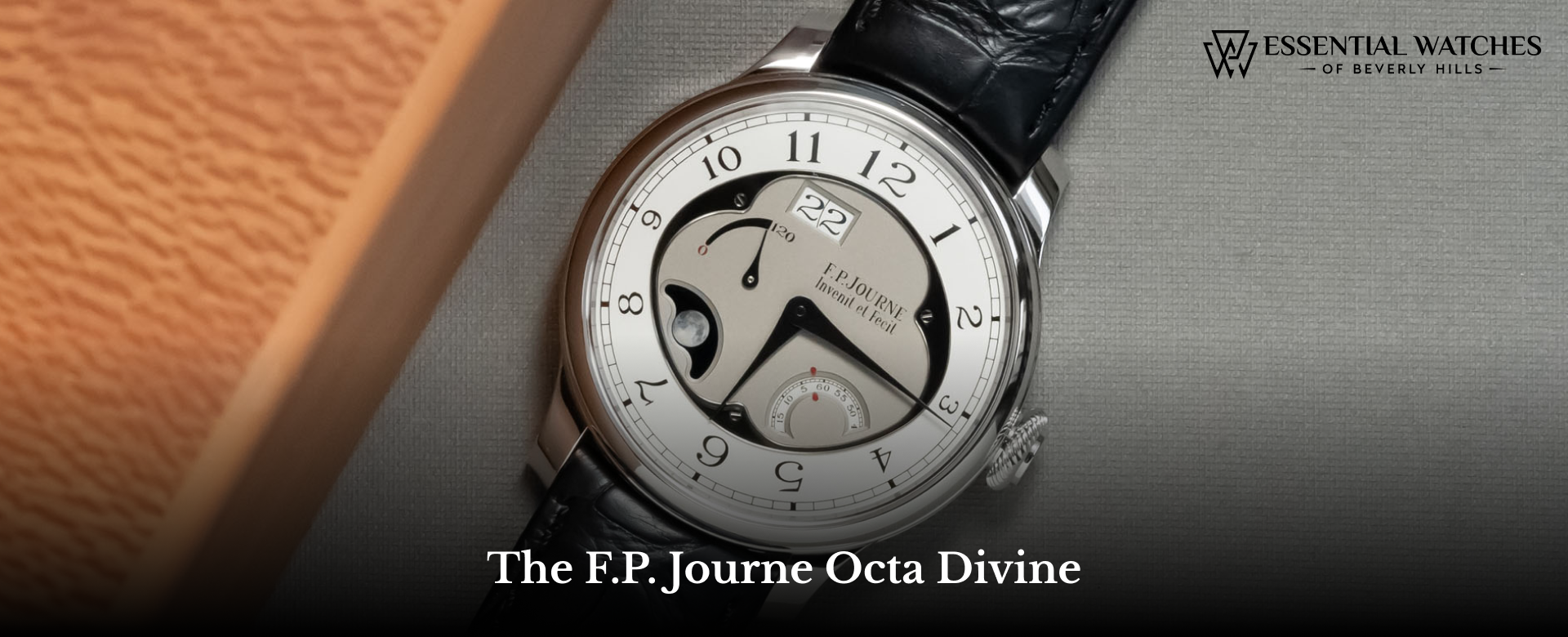







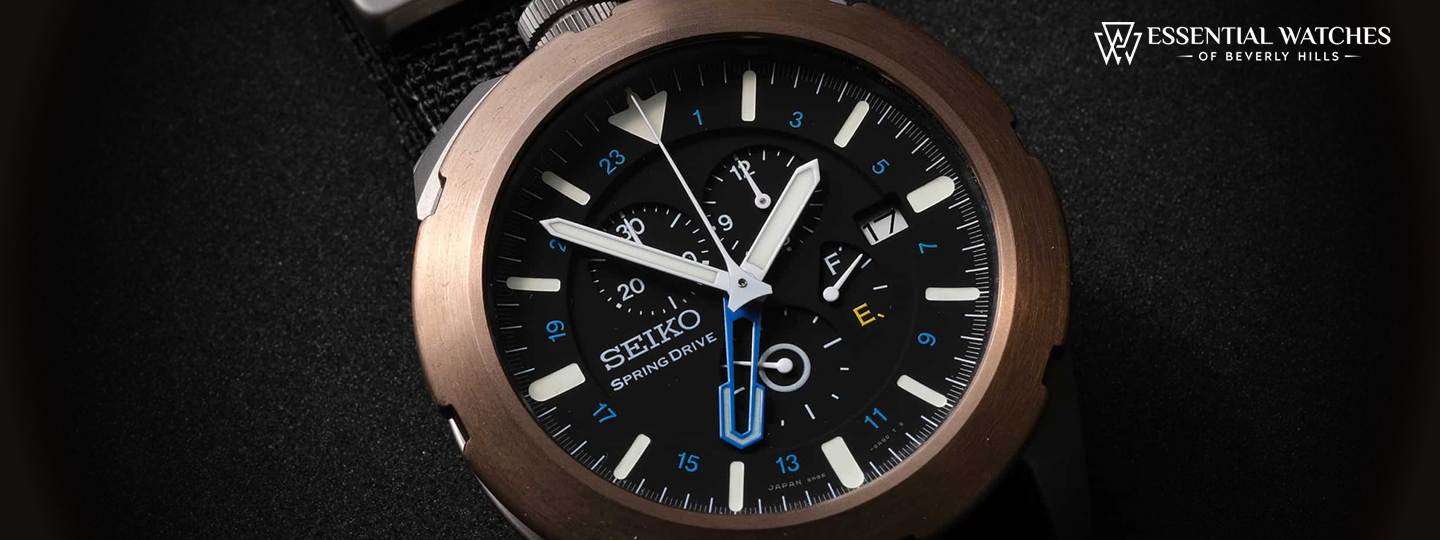






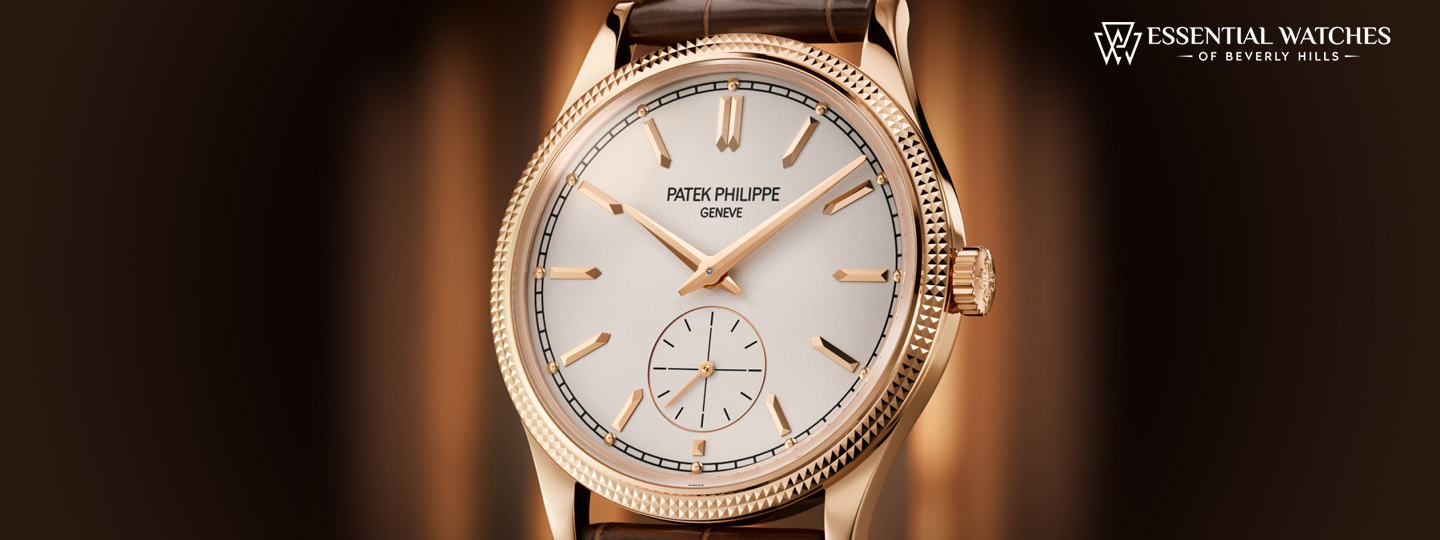











0 Comments